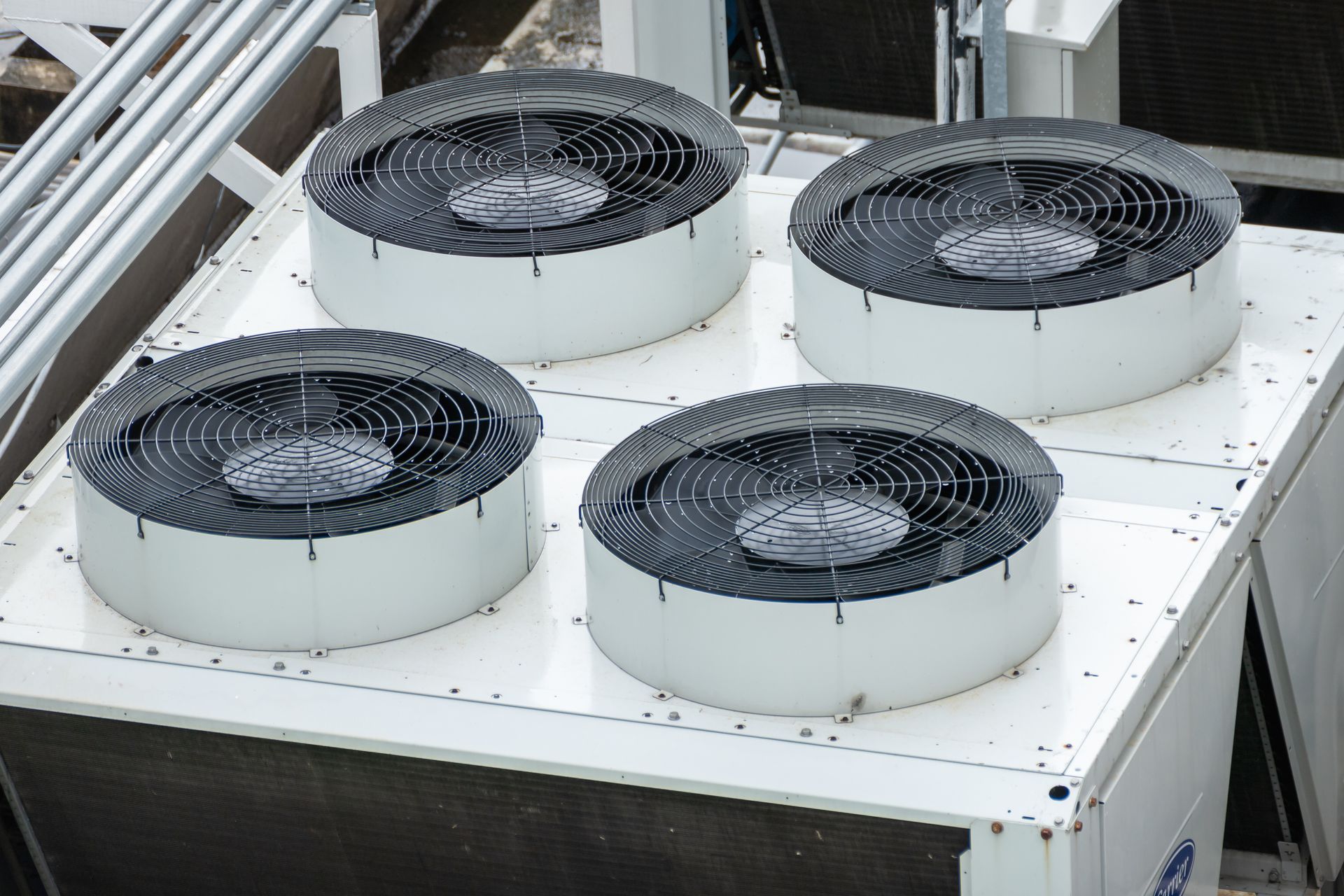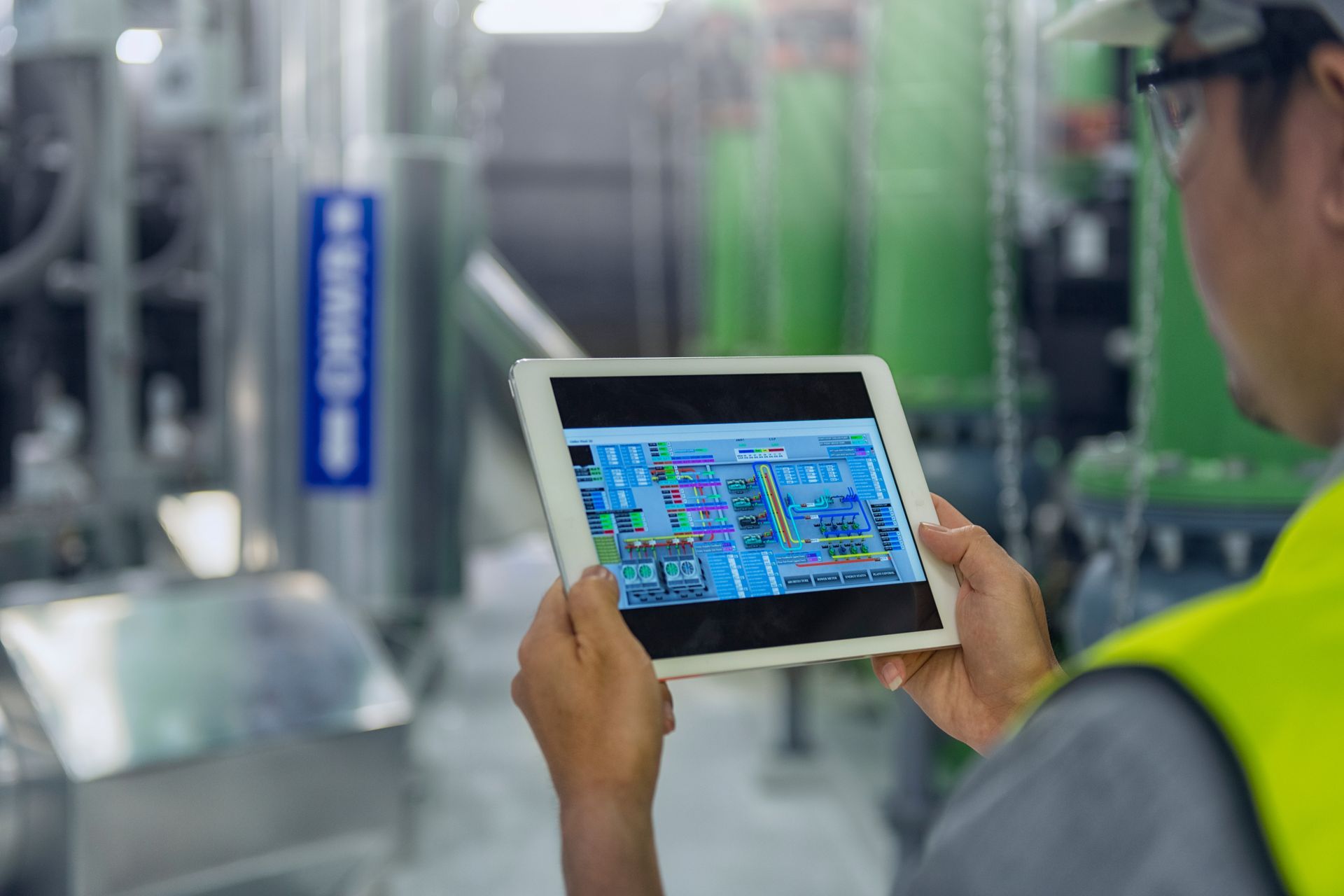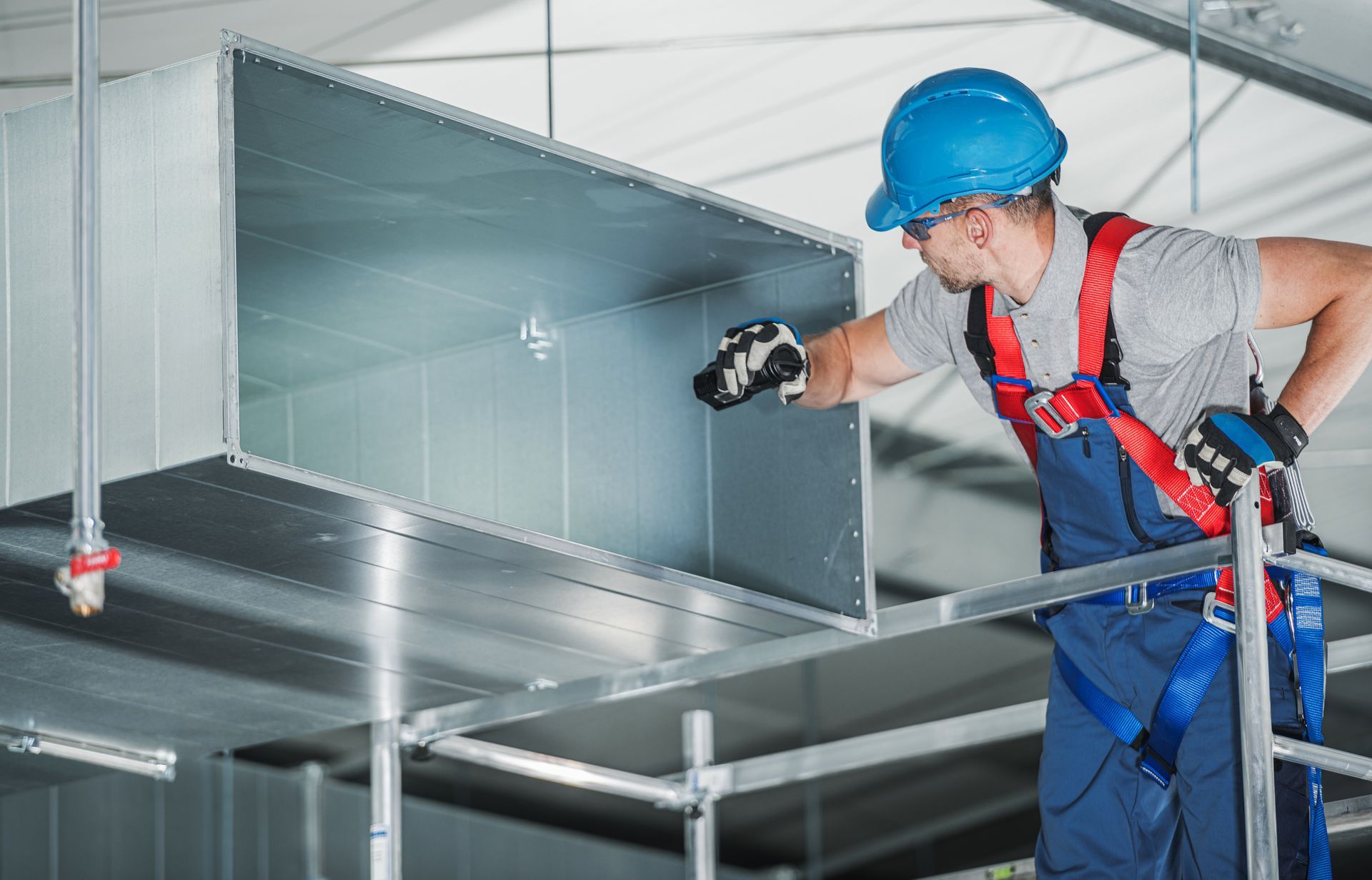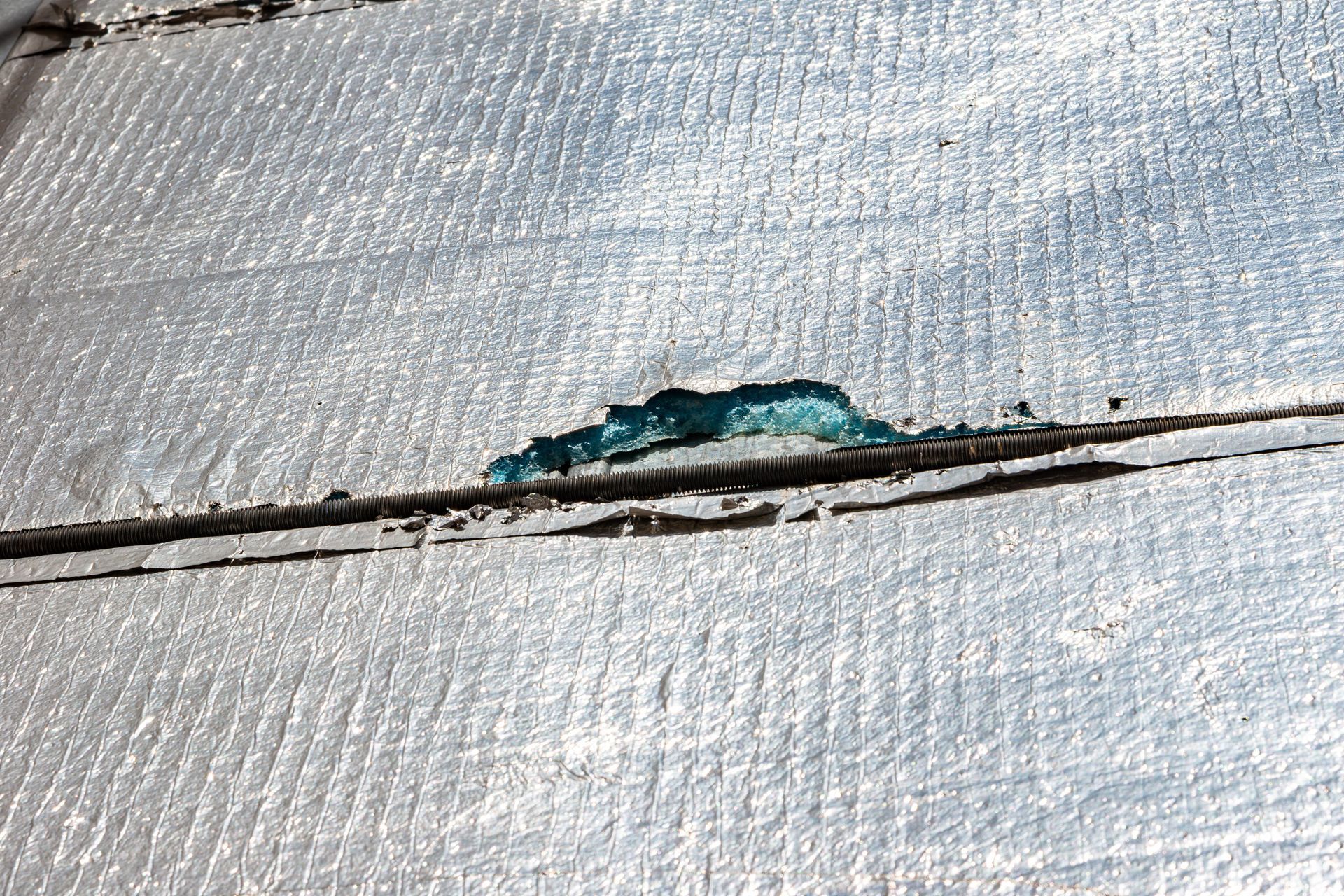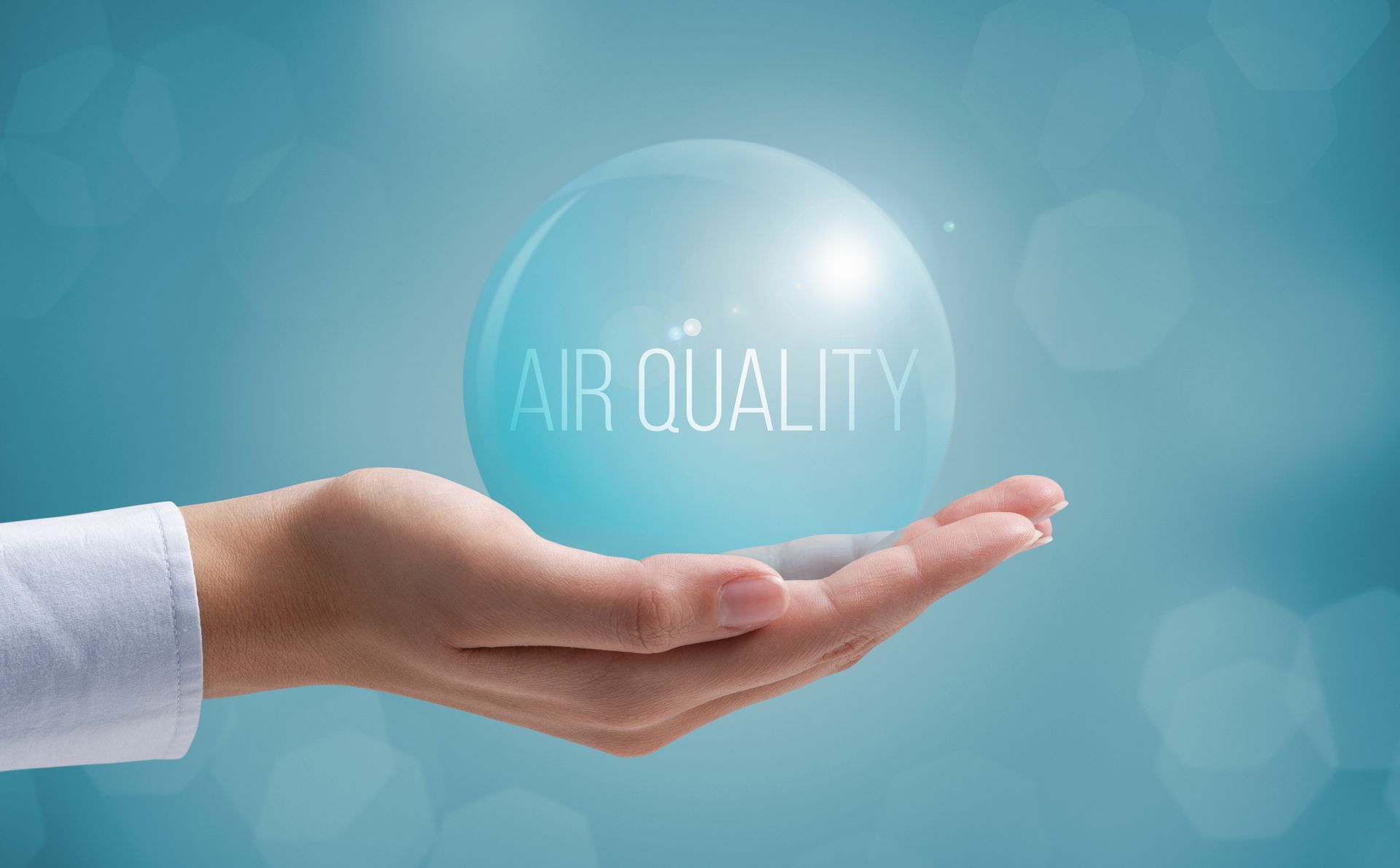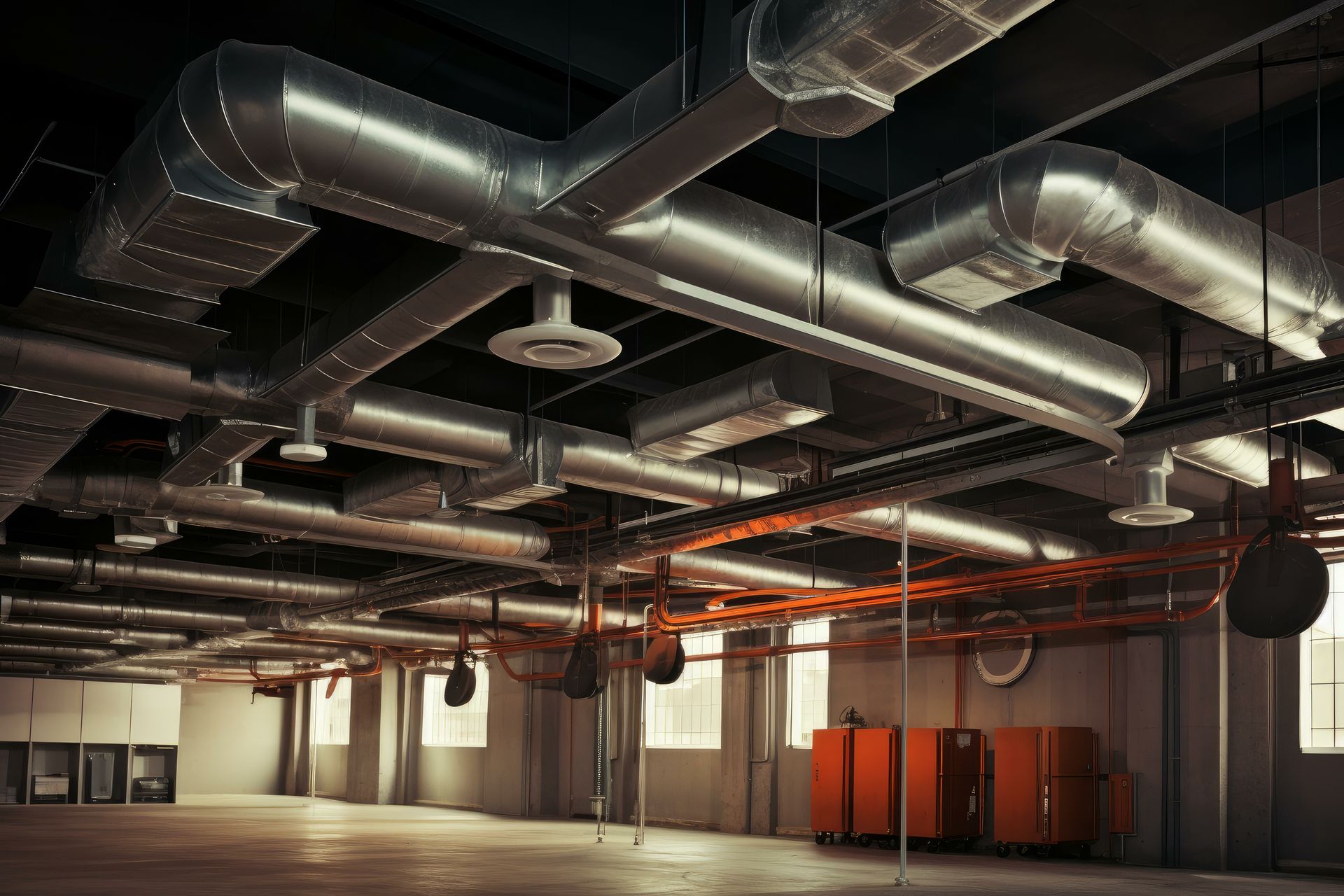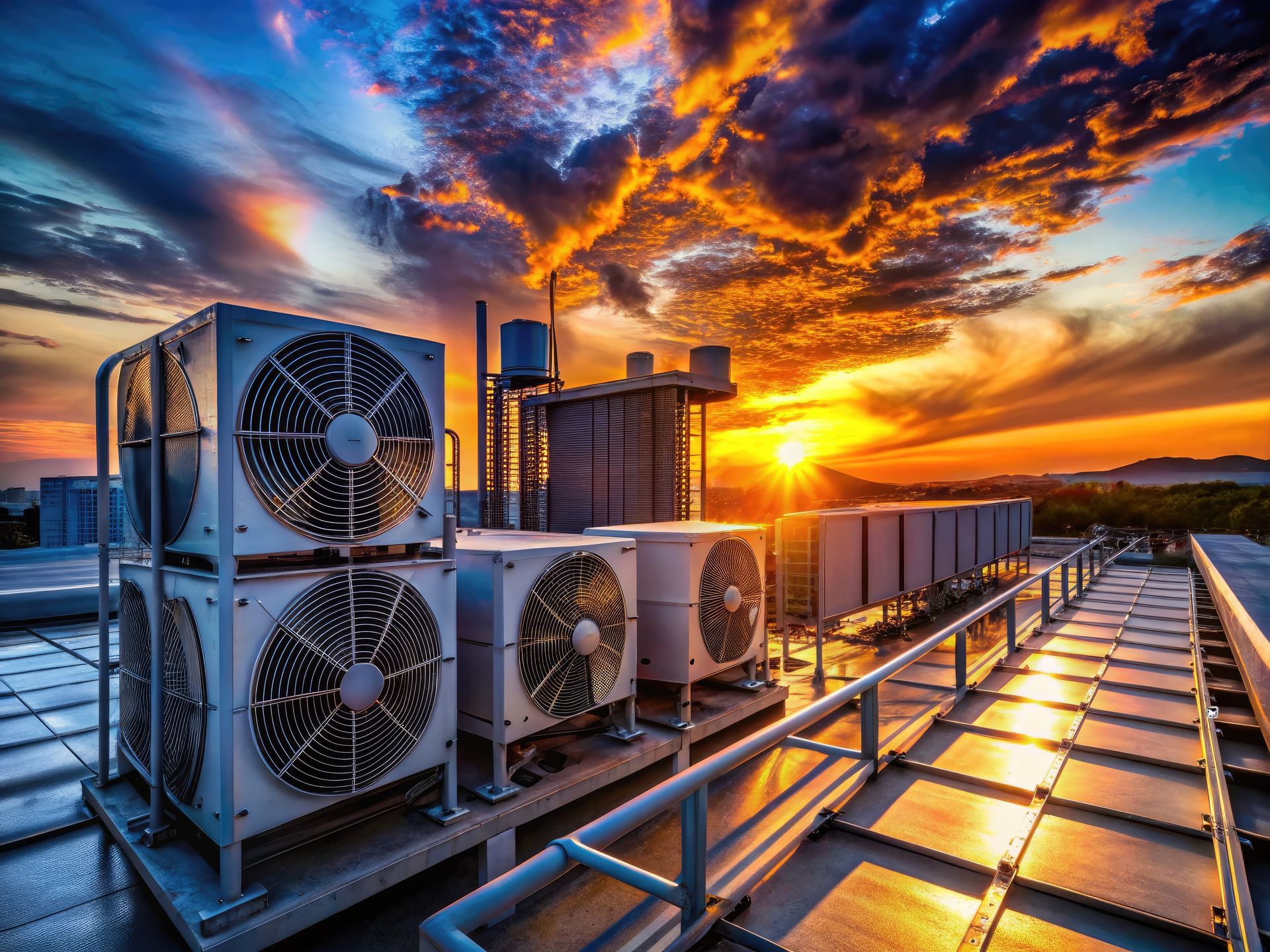What Safety and Performance Features Are Important for Commercial AC Units?
Share
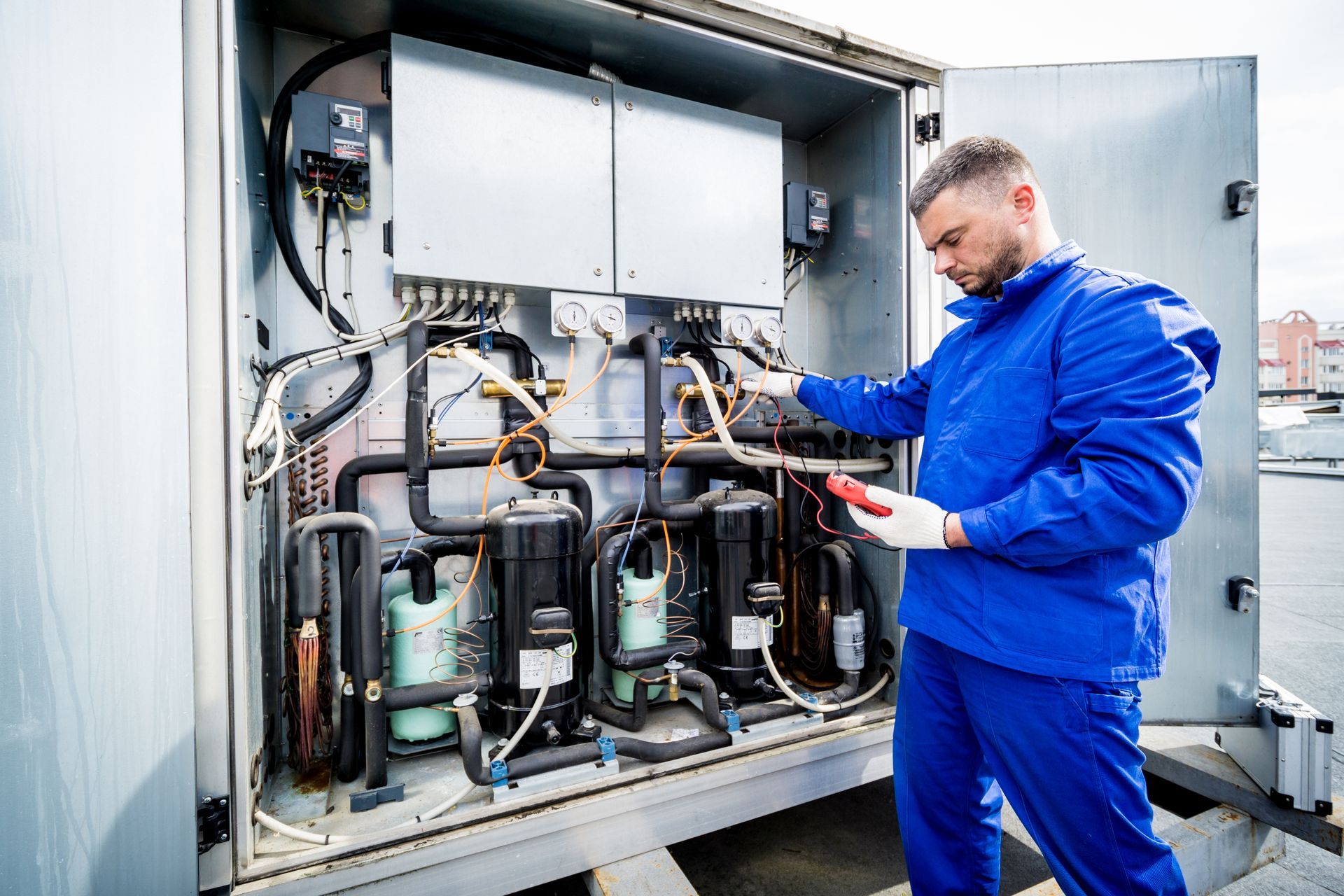
Commercial air conditioning units are essential for maintaining comfort and productivity in Tarrant County businesses of all types. Cooling systems must meet rigorous performance demands while keeping employees, customers and equipment safe.
Modern commercial HVAC units incorporate a variety of features that improve safety and performance while enhancing dependability and longevity.
Safety Features to Prioritize in Commercial AC Units
Automatic Shutoff Systems
Automatic shutoff mechanisms are essential for preventing damage and ensuring safety. These systems are designed to turn off the unit if there are abnormal conditions, such as overheating, refrigerant leaks or electrical surges. By doing so, they minimize the risk of fire, mechanical failure and system damage if something goes wrong.
Fire-Resistant Materials
Many modern commercial AC units incorporate fire-resistant materials to minimize fire risks in case of overheating or electrical issues. Your system should comply with industry safety standards, including the use of flame-resistant components.
Leak Detection Sensors
Refrigerant leaks pose both safety and environmental hazards. Advanced leak detection sensors can identify issues early, alerting you to take action before they escalate. These sensors help protect indoor air quality while adhering to environmental regulations.
Secure Electrical Connections
Poor electrical connections are a common cause of HVAC-related safety incidents. Commercial AC units should include secure and properly insulated wiring to reduce the risk of short circuits and electrical fires. Confirming all connections remain intact and functional should always be a key part of routine maintenance.
Emergency Shutoff Access
Having easily accessible emergency shutoff switches for your AC unit allows building staff to quickly cut power to the system during emergencies. This feature is especially vital in commercial settings where rapid responses can mitigate larger issues.
Performance Features to Maximize Efficiency
Energy Efficiency Ratings (EER and SEER)
Commercial AC units with high Energy Efficiency Ratio (EER) and Seasonal Energy Efficiency Ratio (SEER) ratings use less energy to cool a given space. These ratings reflect how efficiently a system converts electricity into cooling power. Higher ratings translate to lower operating costs and reduced environmental impact.
Variable Speed Technology
Variable speed motors and compressors allow your commercial AC system to adjust its cooling capacity based on the specific needs of the building. This feature not only enhances comfort by maintaining consistent temperatures but also reduces energy consumption by operating at lower speeds when full power isn’t needed.
Zoning Capabilities
Zoning systems allow you to cool different areas of your building independently. This is particularly useful for commercial properties, schools and other facilities with large or multi-use spaces, as it prevents overcooling in unoccupied or sparsely occupied rooms and prioritizes output where it’s needed most.
Advanced Air Filtration Systems
High-quality filtration systems are essential for improving indoor air quality in commercial spaces. Many commercial spaces benefit from HEPA filters or UV light technology, which can remove allergens, bacteria and other contaminants from the air, providing a healthier environment for workers and visitors.
Smart Thermostats and Automation
Smart thermostats and building automation systems are game changers for performance. They allow you to control and monitor the AC system remotely, optimize energy use based on occupancy patterns and receive alerts for maintenance needs. These features can drastically improve operational efficiency, reduce downtime and make managing your heating and cooling system much easier.
Durability and Longevity Features
Corrosion-Resistant Coils and Components
Commercial AC units are often exposed to harsh conditions, including extreme heat and humidity. Corrosion-resistant materials in coils, fins and other components help extend the system's lifespan and ensure consistent performance over time.
Heavy-Duty Construction
A robust build is vital for commercial systems, which often operate for long hours under demanding conditions. Units with durable casings and reinforced components are better equipped to handle wear and tear.
Self-Diagnostics
Modern AC units often come with self-diagnostic features that continuously monitor performance and identify potential issues. These systems can pinpoint problems like airflow restrictions or refrigerant imbalances, making maintenance more efficient and preventing costly breakdowns.
Weatherproofing
Because most commercial AC units are roof-mounted, weatherproofing is a must. Features like protective coatings and weatherproof enclosures safeguard the system from damage caused by rain, wind and UV exposure.
Maintenance Features for Reliability
- Accessible Design for Repairs: Commercial AC units designed with accessibility in mind make routine maintenance and repairs faster and more cost-effective. Easily removable panels, well-organized components and labeled parts ensure technicians can perform their work efficiently.
- Clear Maintenance Indicators: Some systems include maintenance alerts or indicators that notify you when specific components, like filters or coils, need attention. Staying on top of these alerts helps keep the unit running smoothly and reduces the likelihood of unexpected downtime.
- Redundant Systems: Redundancy is an essential feature for businesses that cannot afford downtime, such as hospitals or data centers. Units with backup compressors or dual-circuit designs can continue operating even if one component fails.
Trust Our Team for Commercial HVAC Excellence in Arlington, TX
Don’t leave your comfort and safety to chance—schedule a consultation with Tom’s Commercial here on our website or by giving us a call at 817-857-7400.
Let us help you optimize your commercial HVAC system for efficiency, reliability and peace of mind!

